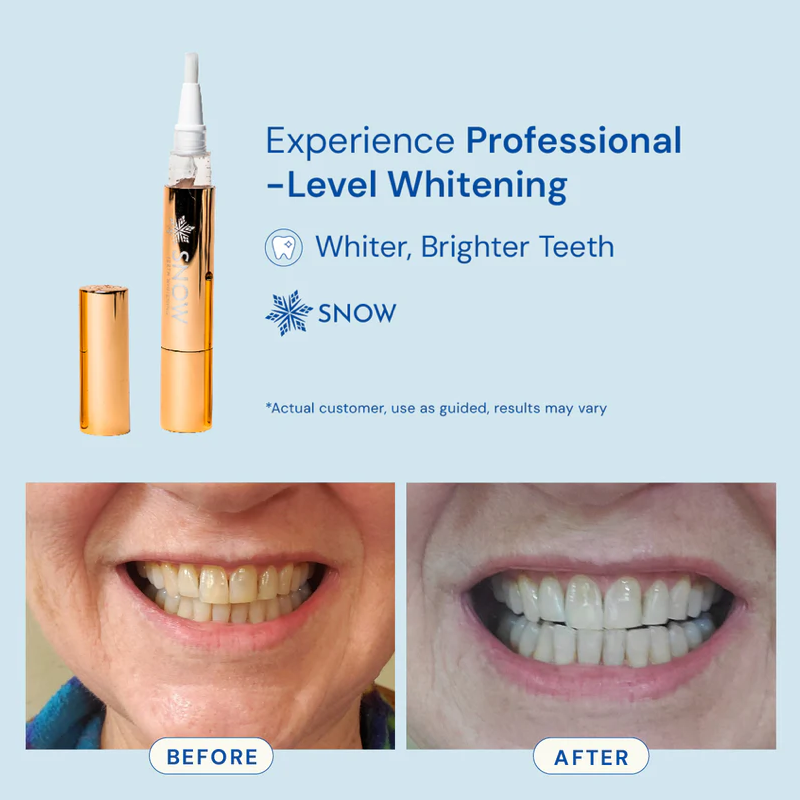Do you ever find yourself experiencing an itchy mouth or throat after eating certain fruits, vegetables, or nuts? If so, you may be suffering from Oral Allergy Syndrome (OAS).
Oral allergy syndrome is a common condition that affects millions of people worldwide. It is a condition that is often misunderstood and can lead to serious complications if left untreated. This article will provide an overview of OAS and discuss the symptoms, diagnosis, and treatment options associated with the syndrome.
Oral Allergy Syndrome (OAS) is an allergy-like reaction that occurs when certain proteins in food are mistaken by the body as being harmful. The immune system then responds by releasing histamine and other chemicals which cause swelling and irritation in the mouth, throat, tongue, lips, and ears.
Common foods that trigger an allergic response include nuts, fruits (especially raw apples), vegetables (especially carrots) and some spices. Although these reactions may seem minor at first, they can become more severe over time if left untreated.
Although OAS is not life-threatening like other food allergies, such as peanut allergies, it can still cause significant discomfort and disruption to everyday activities. In addition to causing physical symptoms such as itching and swelling in the mouth or throat area, people with OAS may also experience difficulty swallowing or speaking due to swollen airways.
If left untreated, the OAS symptoms can have a negative impact on quality of life by limiting dietary choices or causing fear of eating certain foods due to fear of triggering an allergic reaction.
HOW DOES ORAL ALLERGY SYNDROME AFFECT MY BODY?
Oral allergy syndrome, also known as food allergy syndrome, is a type of allergic reaction that affects individuals who suffer from pollen allergies. This form of allergy syndrome occurs when the proteins in raw fruits and vegetables are similar to the proteins found in seasonal pollen, such as birch pollen during the spring. During pollen season, these people may experience an itching or tingling sensation in their mouth and throat after eating certain raw foods.
This type of pollen food allergy syndrome can be managed with some lifestyle changes. An individual may want to avoid consuming any raw foods during peak pollen season or only eat cooked versions of the same fruits and vegetables.
With these strategies in place, individuals can manage their oral allergy syndrome and enjoy eating fresh, cooked fruits and produce without worrying about experiencing an allergic reaction.
WHAT FOODS CAUSE ORAL ALLERGY SYNDROME?
Oral allergy syndrome (OAS) is an allergic reaction that affects a person's mouth and throat. It occurs when certain foods are eaten, causing the body to mistakenly identify them as allergens, due to similarities between the proteins in the food and pollen.
Grass pollen, tree pollen, ragweed pollen, and weed pollen are among the most common triggers for OAS. People with seasonal allergies due to birch tree pollen, in particular, may be more likely to experience cross-reactions with certain foods.
Foods commonly known to cause OAS include apples, peaches, carrots, almonds, hazelnuts, kiwi fruit, and celery. These trigger foods contain proteins that are similar to those found in birch tree pollen. When these foods are consumed, they can trigger an allergic response in people who have a sensitivity to birch tree pollen.
This phenomenon is known as cross reactivity. Symptoms of OAS can range from mild itching or tingling around the mouth and throat area to more severe reactions such as swelling of the lips or tongue. For more serious cases of OAS, medical treatment may be required.
It's important for people with food allergies to be aware of systemic symptoms and which foods can potentially trigger an allergic reaction so that they can take steps to prevent it from occurring. Knowing which pollens one is sensitive to is vital in helping determine which foods may need avoidance or extra caution when consuming them.
If you suspect you may be experiencing symptoms of OAS after eating certain foods, it is best to seek medical advice from a qualified healthcare practitioner who can help diagnose and treat your individual case properly.
HOW COMMON IS ORAL ALLERGY SYNDROME?
Oral Allergy Syndrome (OAS) occurs when pollen proteins cross-react with certain foods, resulting in an allergic reaction in the mouth and throat. OAS is relatively common, affecting around 10-20% of people with hay fever.
Symptoms of OAS vary depending on the individual, but they may include:
- Itching or swelling of the lips, tongue, and throat
- Difficulty swallowing
- Sometimes hives
To diagnose OAS, a doctor may recommend skin prick tests or allergy shots to identify which foods are causing the reactions. Treating oral allergy syndrome usually involves avoiding trigger foods or managing symptoms with antihistamines or other medications prescribed by a doctor.
It is important to be aware of the signs and symptoms of OAS so that if any reactions occur, they can be treated promptly and effectively. If you develop symptoms and you think you may have OAS, speak to your doctor for further advice about diagnosis and treatment options.
HOW IS ORAL ALLERGY SYNDROME TREATED?
In some cases, OAS can cause severe reactions such as difficulty breathing or a drop in blood pressure. People with OAS should avoid eating raw fruits, tree nuts, and vegetables that contain proteins similar to those found in pollen grains. Additionally, they should see an allergist if they have any symptoms of a serious allergic reaction or if their symptoms worsen over time.
It’s important to recognize that OAS is different from other types of food allergies, and it is typically not related to allergic rhinitis. Treatments usually focus on avoiding trigger foods and managing symptoms with antihistamines or other medications prescribed by a doctor. With proper treatment, people with OAS can usually eat certain foods without experiencing any symptoms.
CONCLUSION
Oral Allergy Syndrome is a common condition that affects many people. It occurs when the body's immune system mistakenly views certain proteins in foods as a threat, leading to an allergic reaction.
Symptoms can range from mild to severe and may include itching or swelling of the mouth and throat, nausea, vomiting, and hives. While it is possible to be allergic to almost any food, those with oral allergy syndrome are usually sensitive to certain fruits, vegetables, nuts, and other raw foods.
Treatment for oral allergy syndrome typically consists of avoiding the foods that trigger reactions and using antihistamines or corticosteroids if necessary. It is also important to be aware of hidden sources of allergens in other foods and practice proper cooking techniques when preparing food. While oral allergy syndrome can be bothersome for those who experience it, it does not typically cause life-threatening reactions like other forms of allergies.
Overall, oral allergy syndrome is a relatively common condition that can cause uncomfortable but rarely dangerous symptoms for those affected by it. By identifying which foods trigger the reaction and taking preventive measures such as avoiding them or properly cooking them, individuals with oral reactions related foods can better manage their symptoms and lead a normal life.
FAQS
HOW DO YOU FIX ORAL ALLERGY SYNDROME?
Oral allergy syndrome isn't generally cured. After stopping the trigger food, a reaction should go away in 30 minutes. If it is a particularly bad reaction, an antihistamine can help.
WHAT FOODS TRIGGER ORAL ALLERGY SYNDROME?
While not exact, OAS is often associated with birch pollen, apple, almond, carrot, celery, cherry, hazelnut, sunflower seed kiwi, peach, pear, plum, celery, melons, oranges, peaches, tomato, and grass pollen.
HOW LONG DOES ORAL ALLERGY SYNDROME LAST?
Oral pollen allergy, syndrome, or pollen-food allergy syndrome, symptoms normally persist 5–30 minutes after you stop eating and resolve without therapy. It may last several hours.
WHAT ARE THE COMMON CAUSES OF ORAL ALLERGY SYNDROME?
Cross-reacting pollen and raw fruit, vegetable, and tree nut allergens induce oral allergy syndrome in young adults. The immune system reacts allergically to pollen and related proteins in diets.






































































